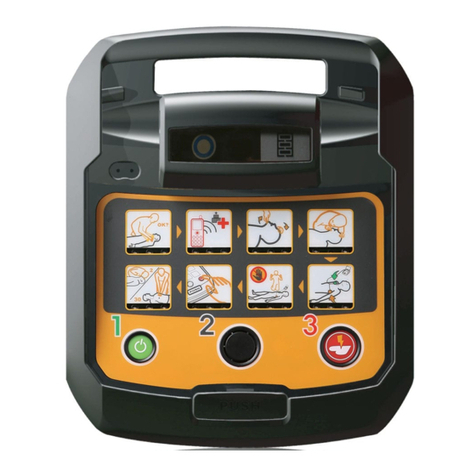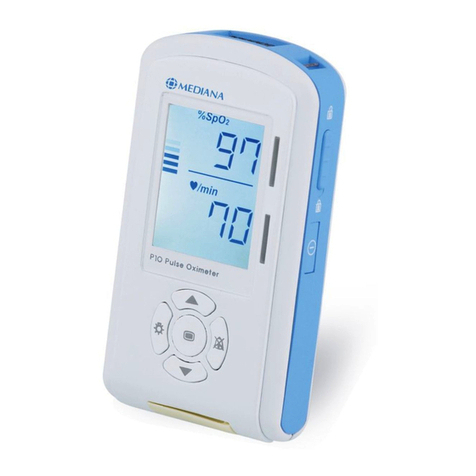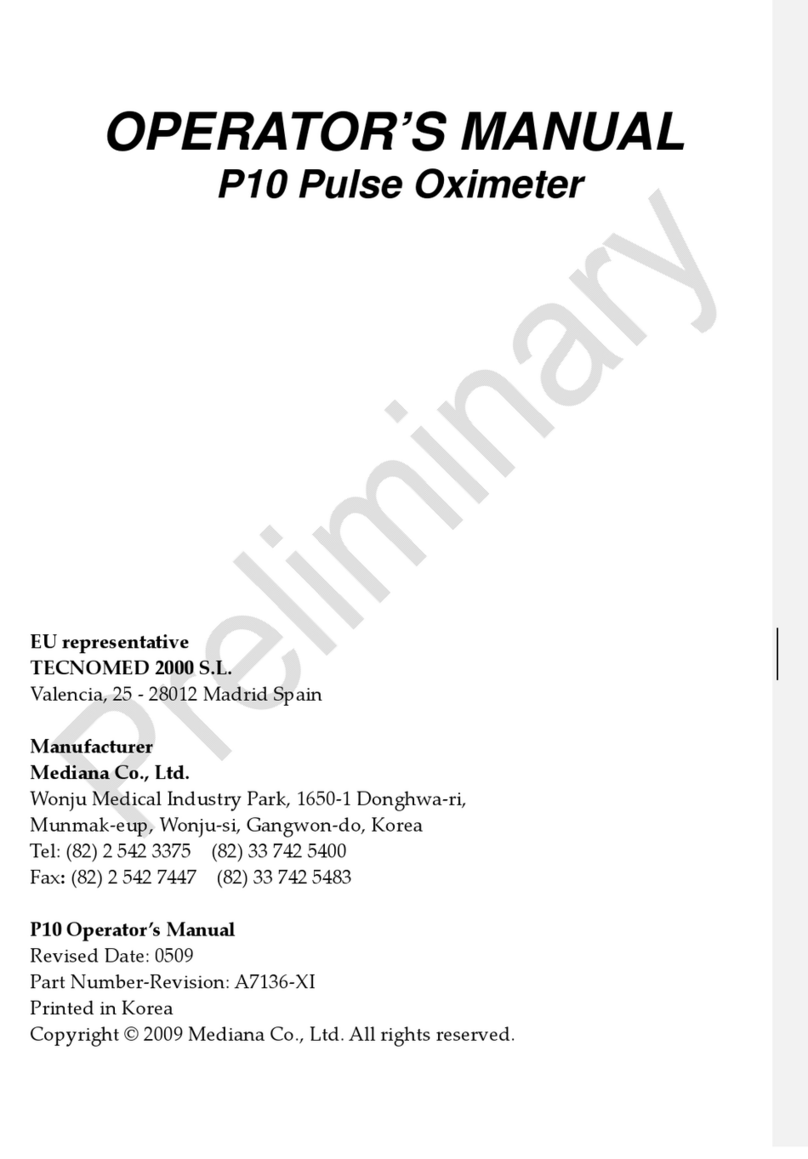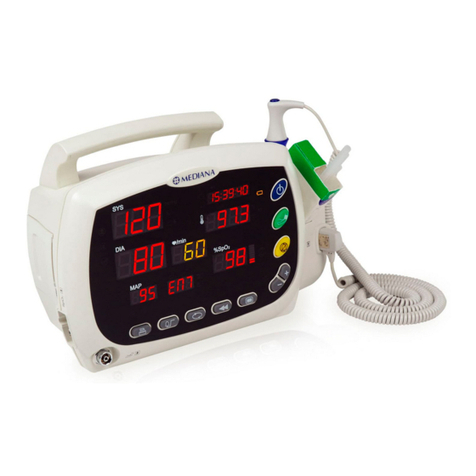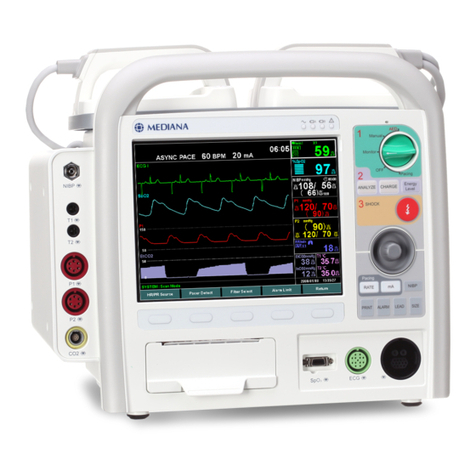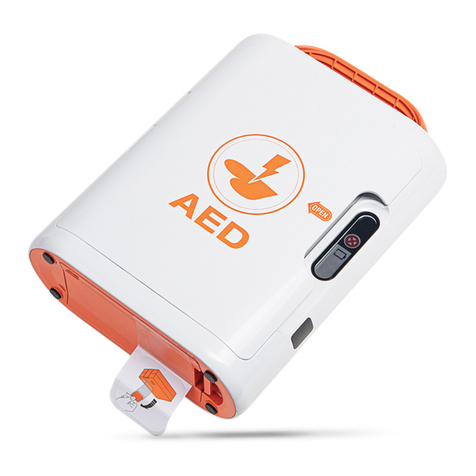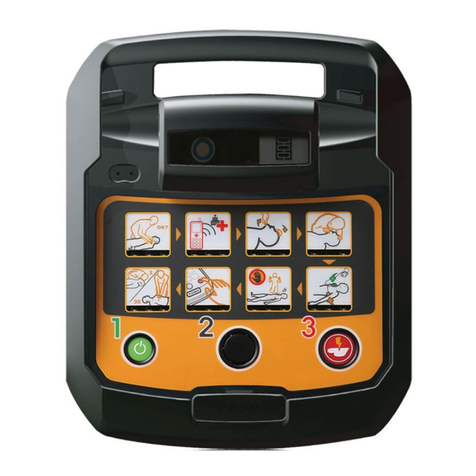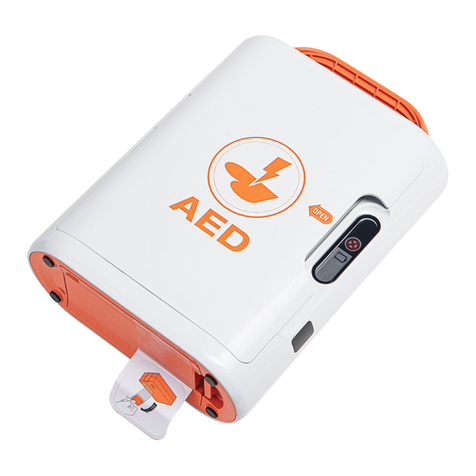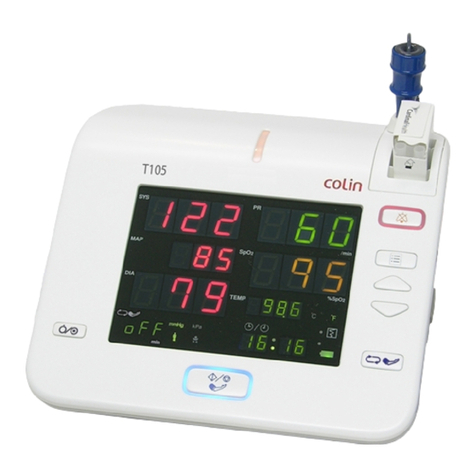CONTENTS..................................................................................................................................................iii
SAFETY INFORMATION ..............................................................................................................................5
General Safety Information ...................................................................................................................5
Warning .................................................................................................................................................5
Cautions ................................................................................................................................................7
INTRODUCTION...........................................................................................................................................9
Intended Use for the AED......................................................................................................................9
Where can it be used? ..........................................................................................................................9
Who can use it?.....................................................................................................................................9
Local Requirements...............................................................................................................................9
Device Tracking.....................................................................................................................................9
About This Manual...............................................................................................................................10
Identifying the AED Configurations......................................................................................................10
DESCRIPTION OF THE AED.....................................................................................................................11
Top and Right Panel Components.......................................................................................................11
Rear Panel Components.....................................................................................................................12
Symbols and Labels............................................................................................................................13
SETTING UP THE AED ..............................................................................................................................15
Unpacking and Inspection...................................................................................................................15
List of Components..............................................................................................................................15
Soft Carry Case...................................................................................................................................16
SD card................................................................................................................................................16
Event Data...........................................................................................................................................16
Infrared communication port................................................................................................................17
Setting up the AED ..............................................................................................................................18
Temperature status..............................................................................................................................18
BATTERY OPERATION..............................................................................................................................21
Operating the AED on Battery Power..................................................................................................21
Battery Status Indication......................................................................................................................23
Self Test...............................................................................................................................................24
USING THE AED ........................................................................................................................................27
AHA/ERC guidelines (Rescue protocol)..............................................................................................27
Pre Defibrillation Action .......................................................................................................................29
Operating the AED...............................................................................................................................29
Operation of HeartOn A15...................................................................................................................31
Operation of HeartOn A15-G4.............................................................................................................35
Performing CPR ..................................................................................................................................39
Note User and Bystander Safety.........................................................................................................39
MAINTENANCE..........................................................................................................................................41
Recycling and Disposal.......................................................................................................................42
Returning the AED and System Components.....................................................................................42
Service.................................................................................................................................................42
Periodic Safety Checks .......................................................................................................................42
Cleaning ..............................................................................................................................................43
Battery Maintenance............................................................................................................................43
Pads Maintenance...............................................................................................................................43
The AED Maintenance ........................................................................................................................44
TROUBLESHOOTING................................................................................................................................45
General................................................................................................................................................45
Corrective Action .................................................................................................................................45
EMI (Electromagnetic Interference).....................................................................................................46
Obtaining Technical Assistance...........................................................................................................46




















